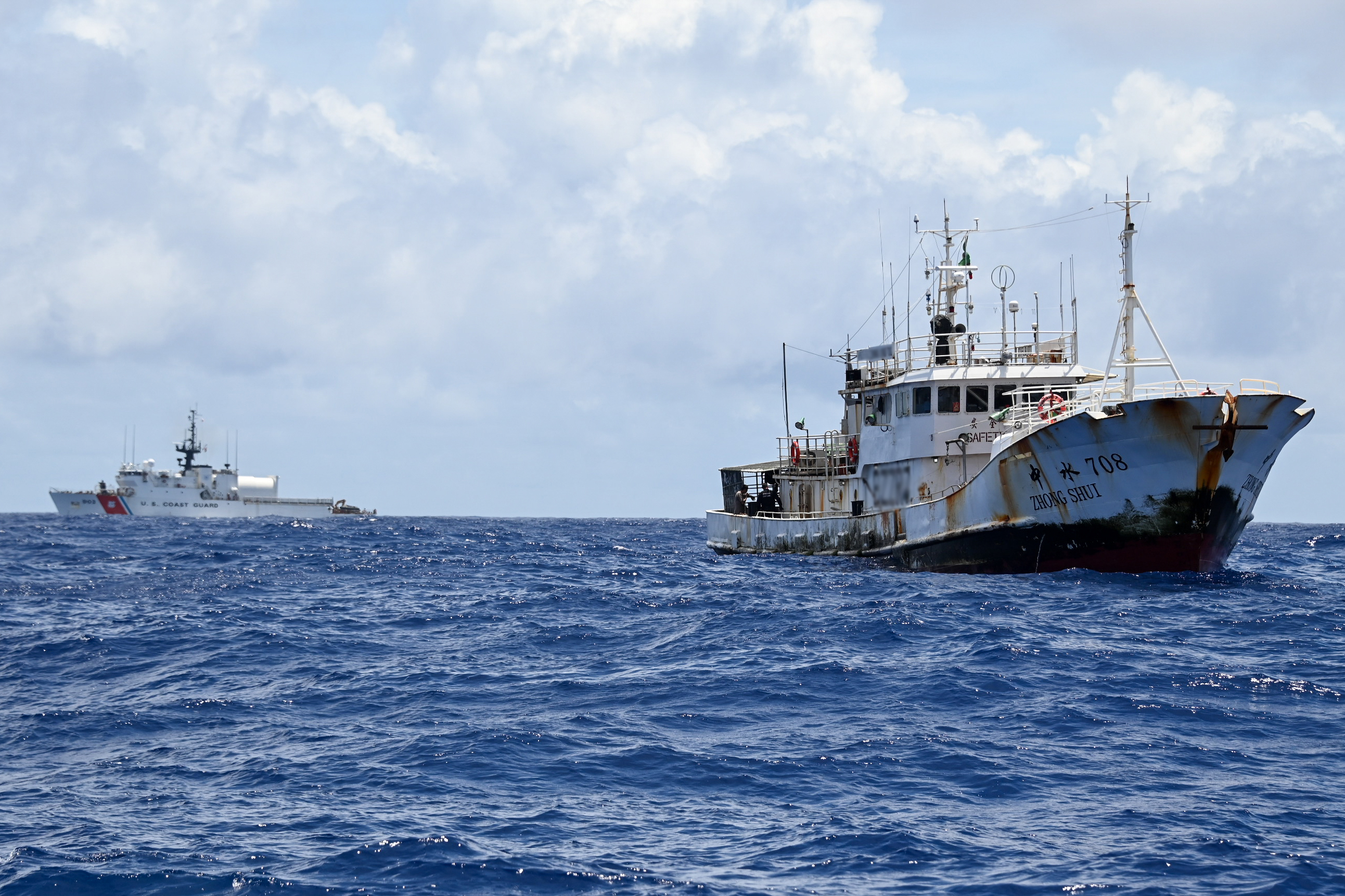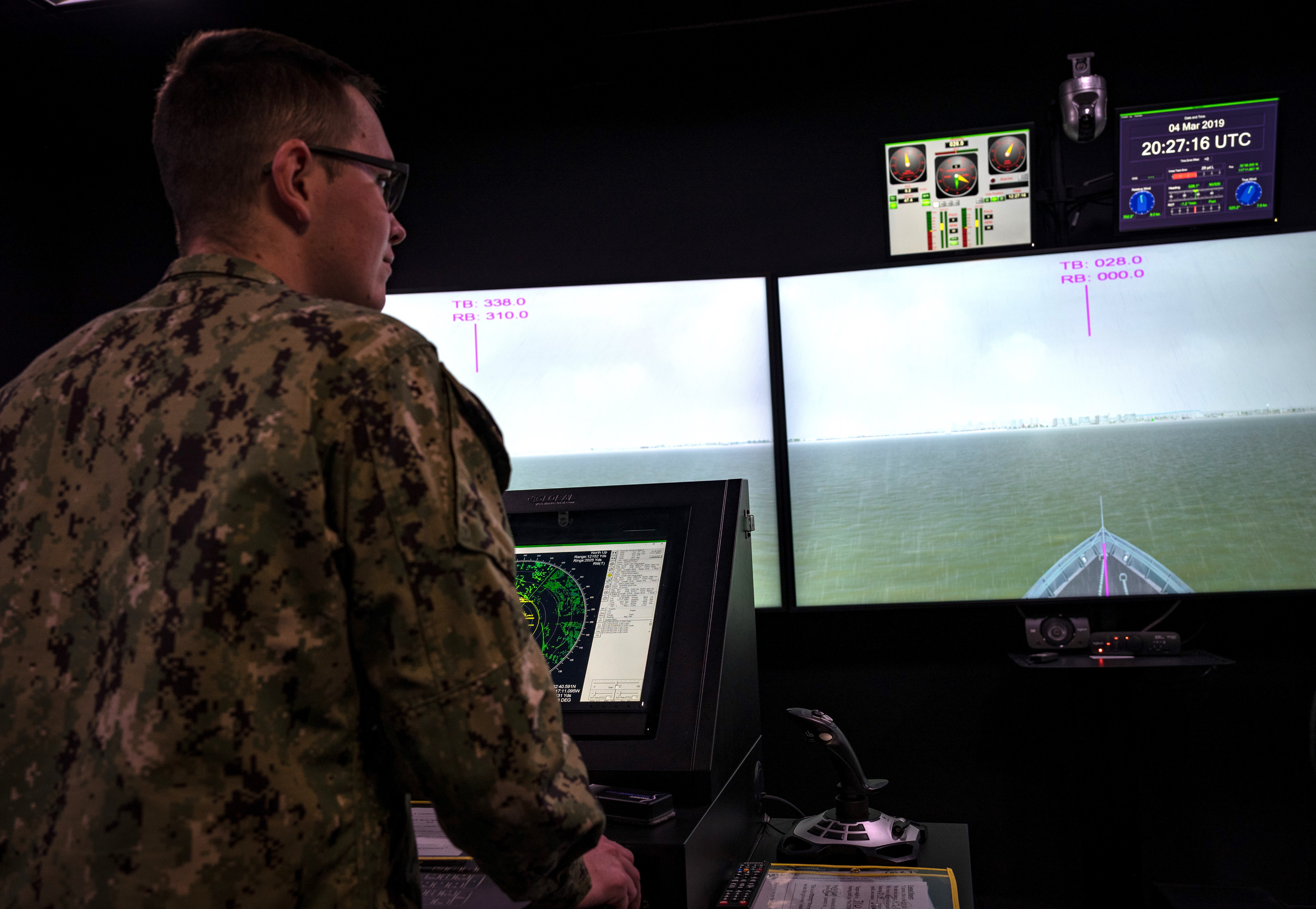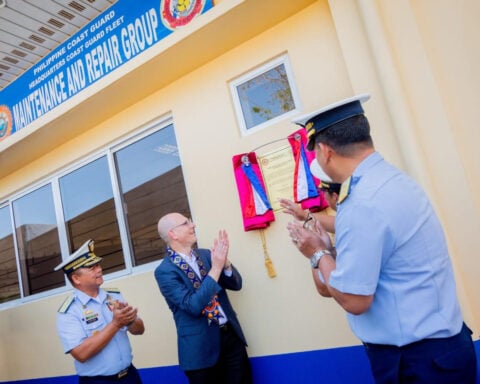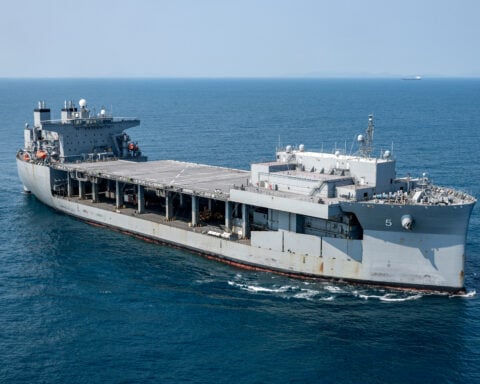
Helping island nations, like Vanuatu, protect their resources and enforce their laws is “a sweet spot” for the Coast Guard’s operations in the Pacific, Commandant Adm. Linda Fagan said Monday.
The Coast Guard does a good job helping allies and partners build capacity globally, Fagan said Monday, during an online Center for Strategic and International Studies event.
Fagan used Vanuatu, a South Pacific nation spread over 80 islands, as an example to show how the Coast Guard can partner with other nations. Vanuatu’s ship riders were on USCGC Harriet Lane (WMEC-903) and boarded several Chinese vessels suspected of illegal fishing in its exclusive economic zone, she said.
“During the operation, Vanuatu officers supported by U.S. Coast Guard crew members … found multiple violations of Vanuatu law. The operation was made possible by a 2016 ship rider agreement between the United States and Vanuatu, which enables Vanuatu maritime law enforcement officers to ride aboard U.S. Coast Guard cutters and enforce Vanuatu’s laws within its waters,” the American embassy in the capital Port Vila said in a release
Fagan said Harriet Lane was now homeported in Honolulu to “create more [Coast Guard] presence” in the Indo-Pacific. She added the service expects to add two fast response cutters to its operations there.
The Coast Guard requested $263 million to increase presence and missions in the Indo-Pacific for Fiscal Year 2025.
“Illegal fishing is absolutely a global problem” that can dramatically impact small nations’ abilities to feed their citizens, the Coast Guard commandant said.
“[The] Coast Guard is operating as a professional military force” that “is[operating] consistent with international law,” Fagan said. She pointed to transit of cutters through the 90-mile wide Taiwan Strait as an example of that and the Coast Guard’s close alignment with the Pentagon’s Indo-Pacific Command in missions and operations.
She noted that other nations, including the United Kingdom’s Royal Navy, have capacity-building missions similar to the Coast Guard’s Mobile Training Teams.
The “long, long relationship” with Japan serves as an example of the service’s presence in the Pacific that now extends to missions with India. The service will again participate in this year’s Rim of the Pacific [RIMPAC] exercise, which is expected to have 29 nations participating.
On the Coast Guard’s largest capital shipbuilding program, the Polar Security Cutter, Fagan said, “we’re on budget [and] we’re really going to lean into it. It’s important to be cutting steel for this.”
The cutter is being built at Bollinger Shipyard in Pascagoula, Miss. It is the first heavy icebreaker to be built in the United States in 50 years. She added USCGC Polar Star (WAGB-10), the nation’s only heavy icebreaker, will be completing maintenance work at Mare Island, Calif., and be available for Antarctic service this fall. Fagan added Polar Star was her first cutter after commissioning into the service.
On delays in delivery and repair work, “we’re competing with the Navy” for space in shipyards for both building and repair, she said. “We’re all operating with scarce capacity,” she said. Fagan praised the efforts the Navy has put into modernizing American shipyards to improve efficiency, expand operations and attract and retain a skilled workforce.
At the same time, the Navy and Coast Guard are also competing with the shipyards in attracting and retaining workers who can be trained or already are “welders, pipefitters, electricians. You don’t grow that overnight.”
The Coast Guard stepped up recruiting efforts, Fagan said.
“Maybe, I’m biased, I think … we’re the world’s best military [service]. You won’t find a better organization in the world,” Fagan said.
Like all the uniformed services, recruiting has proved a growing challenge as the economy rebounded from the impact of the COVID-19 pandemic on job opportunities.
In early April, the Coast Guard announced a comprehensive talent management initiative, examining billets against the military’s traditional up-or-out pyramid. It also is simplifying recruiting procedures and adjusting initial training to take into account recruits’ skills when enlisting. The service was down 2,500 recruits from mission.
“We’re moving away from a rigid one-size-fits-all system to one that enables every individual to perform to their full potential,” she said at the annual Coast Guard dinner in March. “It’s a generational change in our approach to talent management.”





